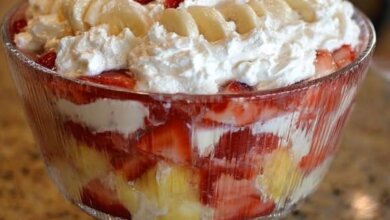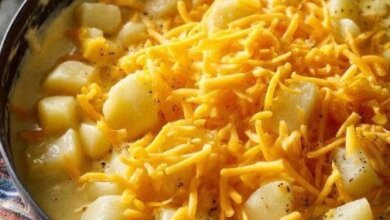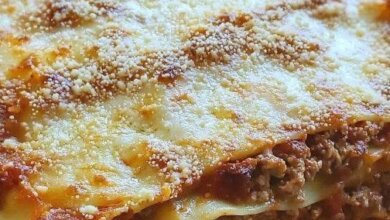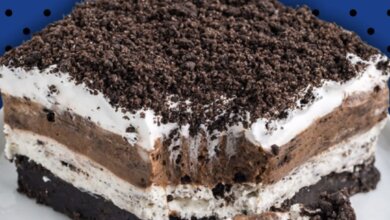Prime Rib Recipe for Christmas
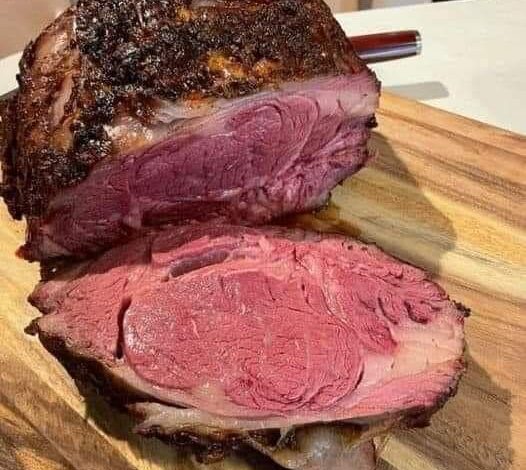
Prime Rib Recipe for Christmas
Christmas is a time for family gatherings, festive decorations, and, most importantly, sumptuous meals. Among the most coveted dishes for this celebration is the prime rib, known for its succulent flavor and impressive presentation. This dish embodies the spirit of holiday feasting, and when prepared correctly, it can become the star of your Christmas table.
History of Prime Rib
The prime rib, also known as standing rib roast, has roots that trace back centuries. Traditionally served at festive occasions, it was a favorite among the nobility in medieval Europe. The prime rib cut comes from the primal rib section of beef, making it tender and flavorful. Over the years, it has become synonymous with celebratory meals, particularly during the holiday season. Its grand appearance and rich taste make it a beloved centerpiece for family gatherings.
Ingredients
- 1 bone-in prime rib roast (6-8 pounds)
- 2 tablespoons olive oil
- Salt and pepper, to taste
- 4-6 garlic cloves (optional)
- Fresh herbs (such as rosemary or thyme, optional for extra flavor)
Instructions
- Preheat the Oven: Preheat your oven to 500°F (260°C).
- Prepare the Roast: Place the prime rib roast on a rack in a roasting pan. Rub the roast with olive oil and generously season it with salt and pepper. For added flavor, you can insert peeled garlic cloves into the roast using a paring knife, and sprinkle fresh herbs over the top.
- Initial High-Temperature Roast: Place the roasting pan in the oven and roast the prime rib for 15 minutes. This initial high temperature will create a beautiful crust.
- Lower the Temperature: After 15 minutes, reduce the oven temperature to 325°F (160°C). Continue to roast the prime rib until it reaches your desired level of doneness, about 15-20 minutes per pound. Use a meat thermometer to check the internal temperature:
- Medium-rare: 135°F (57°C)
- Medium: 140°F (60°C)
- Well-done: 150°F (66°C)
- Rest the Roast: Once the roast reaches the desired temperature, remove it from the oven and let it rest for 15-20 minutes. This resting period allows the juices to redistribute, ensuring a tender and juicy roast.
- Carve and Serve: Slice the roast against the grain into thick pieces and serve with your favorite sides, such as mashed potatoes, gravy, or roasted vegetables.
Nutritional Information (per 3 oz serving)
- Calories: 250
- Protein: 24g
- Fat: 17g
- Saturated Fat: 7g
- Cholesterol: 80mg
- Sodium: 65mg
Note: Nutritional values may vary based on the specific cut and preparation methods.
Benefits of Prime Rib
- Rich in Protein: Prime rib is a great source of high-quality protein, essential for muscle growth and repair.
- Iron-Rich: This cut of beef is rich in iron, which is crucial for transporting oxygen in the blood and preventing anemia.
- Delicious Flavor: The marbling of fat within the prime rib adds juiciness and flavor, making it a delightful choice for special occasions.
- Nutrient-Dense: In addition to protein and iron, prime rib contains other important nutrients, including zinc, B vitamins, and selenium.
Conclusion
A beautifully cooked prime rib roast is more than just a meal; it’s an experience that brings family and friends together. The tenderness and flavor of this dish can elevate any holiday gathering, making it a cherished tradition for many. By following this recipe, you’ll not only impress your guests but also create lasting memories around the dinner table. Enjoy the satisfaction of serving a perfect prime rib, and watch as everyone savors every bite.
A Note for Lovers of Good Food
This prime rib roast is not just for Christmas; it can be enjoyed for any special occasion or simply to indulge in a good meal. Whether you’re celebrating a birthday, anniversary, or just a weekend with family, this recipe is sure to impress. Don’t be afraid to pair it with your favorite red wine for an even more luxurious dining experience. Happy cooking and happy feasting!
